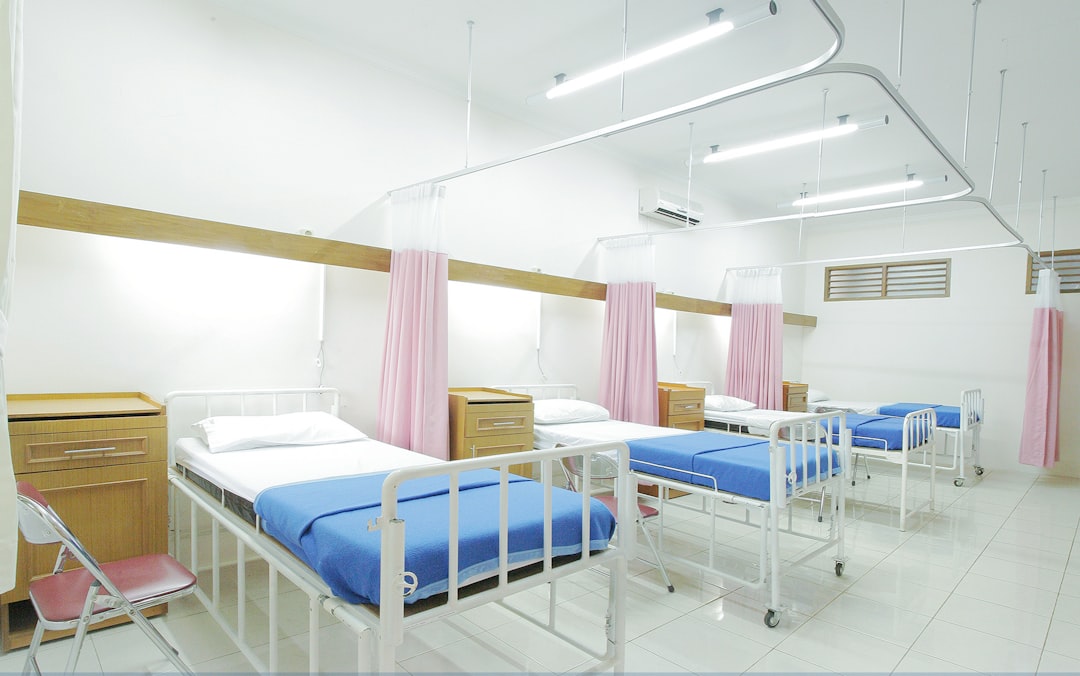What is it about?
The term ‘service user’ is an amorphous concept that can refer to a variety of groups. It refers to people who use or have used a service, or to the carers or parents of service users, or it can be used to refer to lay people, the public or non-professionals. It can also be used to refer to all or any combination of these. To maximise the potential of simulation, it is crucial to involve service users: their inclusion in the co-design of simulations, alongside patient educators and participatory decision-makers, provides invaluable input from a patient perspective. They also make an important contribution by portraying patients in the scenarios within which students interact, providing perspectives based on real-life experiences, offering students an insight into how patients could respond. Such an approach to designing simulations as part of nursing education will help develop professionals who are more patient-centred, culturally competent and more responsive to patient needs.
Featured Image

Photo by Trnava University on Unsplash
Why is it important?
Including service users in nursing simulation is crucial for several reasons, each contributing to the overall enhancement of nursing education and the quality of care provided. Service users, also referred to as patients or clients, are individuals who receive healthcare services. Here are some key reasons why their inclusion in nursing simulation is important: Enhancing Realism: Incorporating service users into nursing simulation scenarios adds a layer of realism that cannot be replicated by simulations alone. By interacting with real patients or individuals representing patient roles, nursing students are exposed to a more authentic healthcare environment. This exposure helps them develop essential clinical skills, communication techniques, and empathy that are vital for providing effective patient care in real-world settings. Promoting Patient-Centered Care: Nursing education traditionally focused on the biomedical aspects of care. However, modern healthcare emphasizes patient-centered care, which involves understanding and addressing the unique needs, preferences, and values of individual patients. Involving service users in simulation allows nursing students to practice this approach by engaging directly with patients, learning to communicate effectively, actively listening to their concerns, and involving them in decision-making processes related to their care. Improving Communication Skills: Effective communication is fundamental to nursing practice. Interacting with service users in simulation settings provides nursing students with opportunities to practice various communication skills, such as active listening, empathy, and cultural competence. By receiving feedback from real patients or individuals portraying patient roles, students can refine their communication techniques and develop the confidence needed to communicate effectively in clinical practice. Fostering Empathy and Compassion: Nursing is a profession that requires a high degree of empathy and compassion. Interacting with service users allows nursing students to develop a deeper understanding of the physical, emotional, and psychological challenges faced by patients. By experiencing firsthand the impact of illness, pain, and vulnerability, students can cultivate empathy and compassion, which are essential qualities for providing holistic and patient-centered care. Promoting Interprofessional Collaboration: In healthcare settings, nurses often collaborate with other healthcare professionals to deliver comprehensive care to patients. Including service users in nursing simulation provides opportunities for interprofessional collaboration, where nursing students can work alongside simulated patients, physicians, therapists, and other healthcare professionals. This collaborative learning environment mirrors real-world healthcare teams and helps students develop skills in teamwork, cooperation, and mutual respect. Evaluating Clinical Competence: Incorporating service users into nursing simulation allows educators to assess students' clinical competence in a controlled environment. By observing students interact with real patients or individuals portraying patient roles, educators can evaluate their clinical skills, critical thinking abilities, and professionalism. This assessment helps identify areas for improvement and tailor educational interventions to meet individual learning needs. Enhancing Cultural Competence: In today's multicultural society, nurses must be culturally competent to provide culturally sensitive and appropriate care to diverse patient populations. Interacting with service users from different cultural backgrounds during simulation exercises exposes nursing students to a variety of cultural perspectives, beliefs, and practices. This exposure helps them develop cultural competence by recognizing and respecting cultural differences, adapting their communication style, and delivering culturally competent care. In conclusion, including service users in nursing simulation is essential for enhancing the realism of educational experiences, promoting patient-centered care, improving communication skills, fostering empathy and compassion, promoting interprofessional collaboration, evaluating clinical competence, and enhancing cultural competence among nursing students. By actively involving service users in simulation exercises, nursing education can better prepare students for the complexities and challenges of contemporary healthcare practice.
Perspectives
This article explores the importance of including service users in the nursing curriculum, more specifically in the simulation.
Mr Tiago Manuel Horta Reis da Silva
King's College London
Read the Original
This page is a summary of: Simulation in nursing: the importance of involving service users, British Journal of Nursing, March 2024, Mark Allen Group,
DOI: 10.12968/bjon.2024.33.5.262.
You can read the full text:
Contributors
The following have contributed to this page










